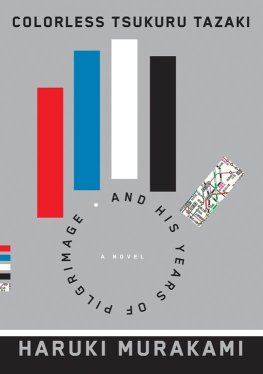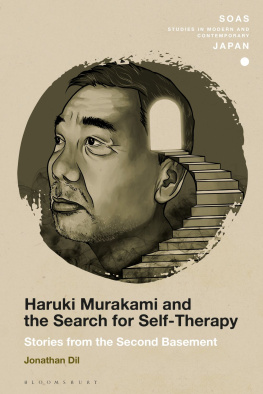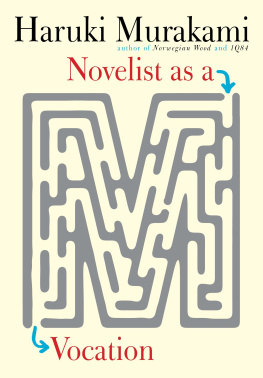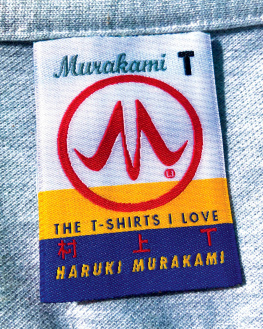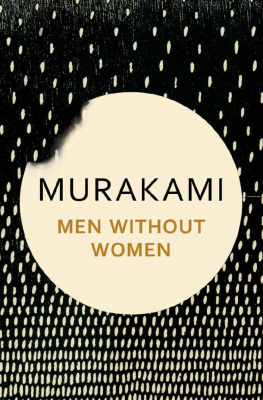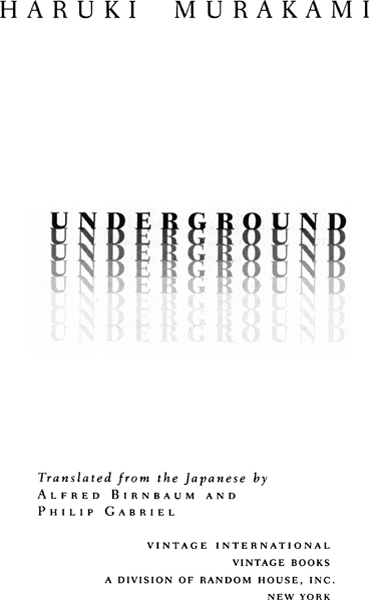CONTENTS

PART ONE
T OKYO M ETROPOLITAN S UBWAY :
C HIYODA L INE
T OKYO M ETROPOLITAN S UBWAY :
M ARUNOUCHI L INE (Destination: Ogikubo)
T OKYO M ETROPOLITAN S UBWAY :
M ARUNOUCHI L INE (Destination: Ikebukuro)
T OKYO M ETROPOLITAN S UBWAY :
H IBIYA L INE (Departing: Naka-meguro)
T OKYO M ETROPOLITAN S UBWAY :
H IBIYA L INE (Departing: Kita-senju; Destination: Naka-meguro)
Kichiro and Sanae Wada, parents of Eiji Wada:
He was an undemanding child
PART TWO
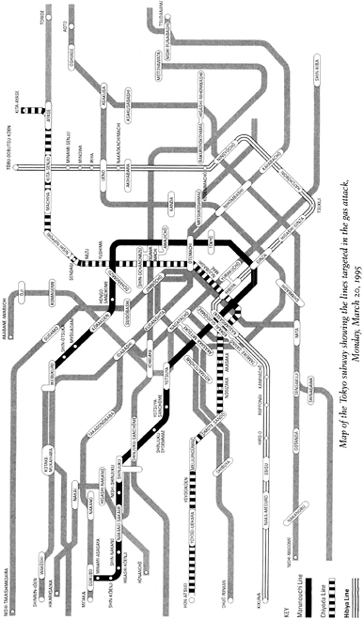
Map of the Tokyo subway showing the lines targeted in the gas attack, Monday March 20, 1995
PART ONE
UNDERGROUND


Leafing through a magazine one afternoon, I found myself looking at the readers letters page. I really dont remember why; I just probably had time on my hands. I rarely ever pick up Ladies Home Journal or the like, much less read the letters page.
However, one of the letters caught my attention. It was from a woman whose husband had lost his job because of the Tokyo gas attack. A subway commuter, he had been unfortunate enough to be on his way to work in one of the cars in which the sarin gas was released. He passed out and was taken to hospital. But even after several days recuperation, the aftereffects lingered on, and he couldnt get himself back into the working routine. At first, he was tolerated, but as time went on his boss and colleagues began to make snide remarks. Unable to bear the icy atmosphere any longer, feeling almost forced out, he resigned.
The magazine has since disappeared, so I cant quote the letter exactly, but that was more or less what it said. As far as I can recall, there was nothing particularly plaintive about it, nor was it an angry rant. If anything, it was barely audible, a grumble under the breath. How on earth did this happen to us ? she wonders, still unable to accept what had out of the blue befallen her family.
The letter shocked me. Here were people who still carried serious psychological scars. I felt sorry, truly sorry, although I knew that for the couple involved my sympathy was irrelevant. And yet, what else could I do?
Like most people, Im sure, I simply turned the page with a sigh.
But sometime later I found myself thinking about the letter. That How on earth ? stuck in my head like a big question mark. As if it werent enough to be the victim of purely random violence, the man had suffered secondary victimization (everyday corporate violence of the most pervasive kind). Why could nobody do anything about it? Thats when I began to piece together a very different picture.
Whatever the reason, his colleagues had singled out this young salarymanHey, theres the guy from that weird attackit couldnt have made any sense to him. He was probably quite unaware of their them-and-us attitude. Appearances were deceptive. He would have considered himself a dyed-in-the-wool Japanese like everyone else.
I grew curious to learn more about the woman who wrote in about her husband. Personally, I wanted to probe deeper into how Japanese society could perpetrate such a double violence.
Soon after that I decided to interview the survivors of the attack.
The interviews were conducted over nearly a year between the beginning of January and the end of December 1996. Most sessions took one or two hours, but some lasted for as long as four hours. I recorded everything.
The tapes were then transcribed, which naturally generated a huge volume of text, much of which digressed this way and that, lost the thread completely, then pulled back into focus. Just like everyday speech. This was edited, reordered, or rephrased where necessary to make it more readable, and generally worked up into a manageable book-length manuscript. Occasionally, when the transcript seemed to lack something, I had to go back and listen to the original tape.
Only once did anyone refuse to be recorded. Although I had mentioned over the phone that Id be recording the interview, when I pulled a tape recorder out of my bag the interviewee claimed not to have been told. I spent the next two hours jotting down names and figures in longhand, then another few hours writing up the interview the moment I got home. (I was actually rather impressed that my own all-too-human powers of recall could reproduce an entire conversation from a handful of notesno doubt daily fare to professional interviewers, but new to me.) Still, in the end I wasnt granted permission to include this interview in the book, so all my labors came to nothing.
Two assistants, Setsuo Oshikawa and Hidemi Takahashi, helped me track down the interviewees. We used one of two methods: scanning all previous media sources for listings of Tokyo gas attack victims; or asking around by word-of-mouth if anyone knew someone whod been gassed. Quite frankly, this proved more difficult than I expected. So many passengers were on the Tokyo subway that day, I told myself, getting statements would be easy; after all, there was no formal legal ban on external testimonies during the trial, except as concerned the court or police investigations. They had a duty to protect peoples privacy, and the same went for the hospitals. All we had to go on were newspaper listings of the hospitalized from the day of the gas attack itself. Names only; no addresses or telephone numbers.
Somehow we came up with a list of 700 names, of whom only 20 percent were identifiable. How does one go about tracing an Ichiro Nakamurathe Japanese equivalent of John Smith? Even when we did manage to contact the 140 or so positive identifications, they usually refused to be interviewed, saying Id rather forget the whole incident or I dont want to have anything to do with Aum or I dont trust the media. I cant tell you how often people slammed down the phone at the mere mention of publication. As a result, only about 40 percent of the 140 consented to be interviewed.
After the arrest of the principal members of the Aum cult, fewer people feared retributions, but still the rejections persistedMy symptoms arent really serious, so its not worth making a statement. Or, in more than one case, the survivors themselves were willing but their families were notDont get all of us involved. Testimonies from public servants and the employees of financial institutions were likewise unforthcoming.
For practical reasons there are also relatively few female interviewees, because they proved harder to trace by name alone. Unmarried young women in Japanand this is pure conjecture on my partdont appreciate strangers asking too many questions. Nevertheless, some did respond despite family opposition.
Thus, out of thousands of victims, we found only sixty willing respondents, and that took a huge amount of dedication.
In the process of shaping the written interviews, drafts were sent to the respective interviewees for fact-checking. I attached a note asking them to let me know if there was anything they didnt wish to see in print and how the contents should be altered or abridged. Almost everyone asked for some changes or cuts, and I complied. Often the forfeited material had illuminated details about the interviewees lives, which I, as a writer, was sorry to lose. Occasionally I came back with a counterproposal for them to approve. Some interviews went back and forth as many as five times. Every effort was made to avoid any exploitative mass-media scenario that might leave disgruntled interviewees shaking their heads, saying, It wasnt supposed to be like this or You betrayed my trust. Things took time.





